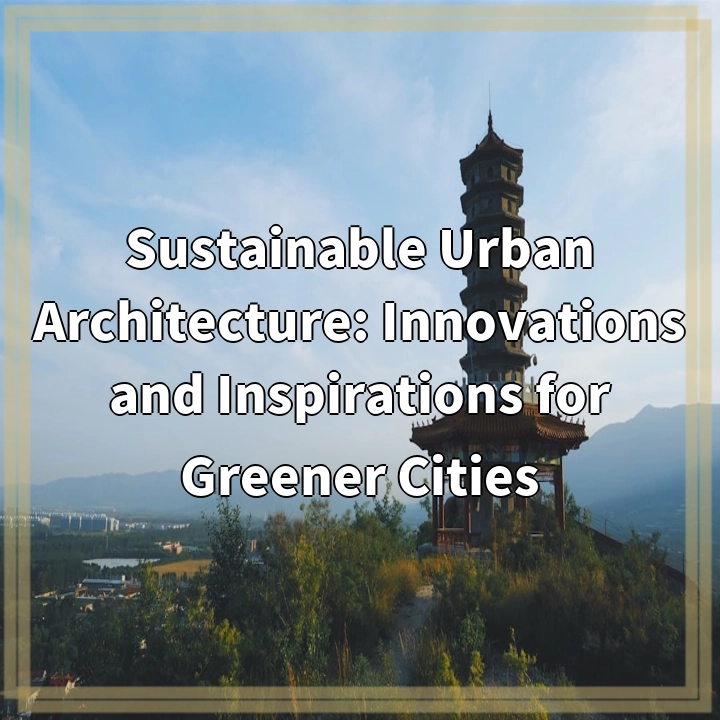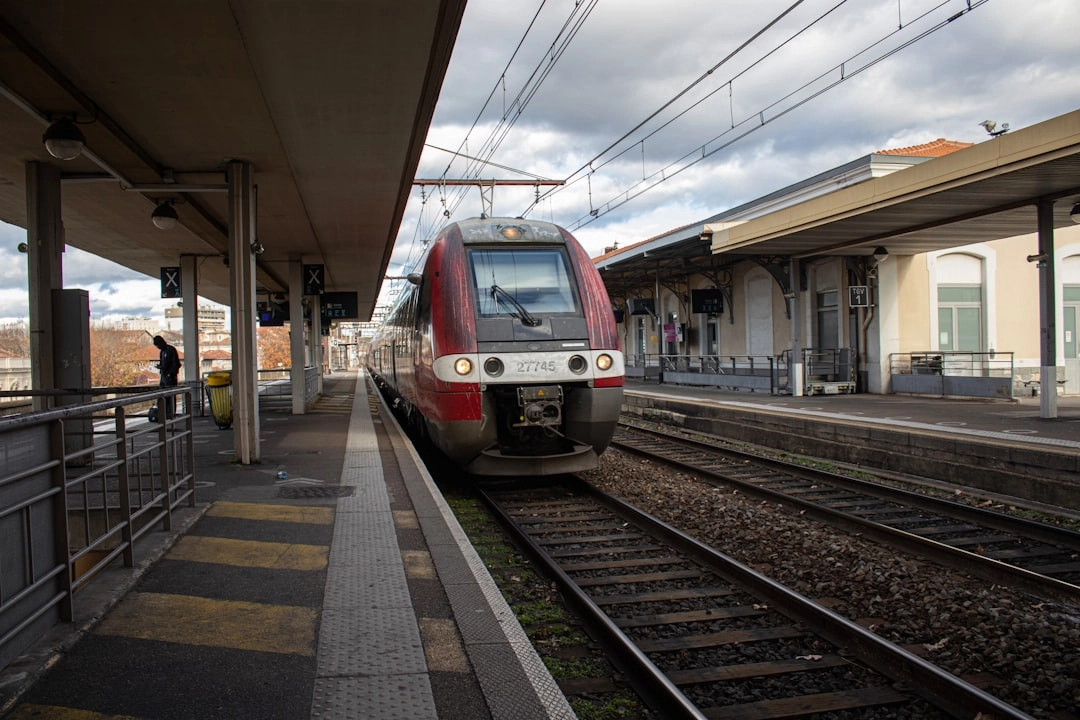
What it is:
Sustainable urban architecture refers to the design and construction of buildings and spaces that prioritize environmental sustainability, resource efficiency, and social well-being. It emphasizes minimizing the ecological footprint of urban development while creating vibrant, livable communities. This approach integrates various principles, including energy efficiency, using sustainable materials, water conservation, and the promotion of green spaces.
Key Principles of Sustainable Urban Architecture
1. **Energy Efficiency**: Buildings are designed to utilize renewable energy sources, such as solar panels, and to optimize energy use through smart systems and insulation.
2. **Sustainable Materials**: The focus is on using locally sourced, recycled, or sustainably harvested materials to reduce environmental impact.
3. **Water Conservation**: Techniques such as rainwater harvesting and greywater recycling are implemented to minimize water usage and protect local water sources.
4. **Green Spaces**: Urban designs integrate parks, green roofs, and community gardens to enhance biodiversity and improve residents’ quality of life.
Real-world Problems
Despite its benefits, sustainable urban architecture faces several real-world challenges:
1. Cost and Funding
Implementing sustainable building practices can be more expensive upfront, deterring investors and developers. The initial costs of eco-friendly materials, green technologies, and energy-efficient systems can be higher than traditional construction methods.
2. Regulatory Barriers
Existing building codes and regulations may not support innovative sustainable practices, hindering advancements in sustainable urban architecture. In many regions, outdated policies can create obstacles to the adoption of greener designs.
3. Public Awareness and Acceptance
Many communities lack awareness of the benefits of sustainable architecture, leading to resistance against new developments. Misinformation about sustainable practices can result in skepticism or fear of change.
4. Climate Change and Urbanization
Rapid urbanization and the increasing impacts of climate change make it challenging to implement sustainable practices effectively. Cities must adapt to rising temperatures, more severe weather events, and infrastructure stress, complicating the design and implementation of sustainable buildings.
5. Maintenance and Longevity
Sustainable buildings require ongoing maintenance to retain their environmental benefits. If not properly managed, the effectiveness of green technologies can diminish over time, and the desired sustainability goals may not be achieved.

Solutions for Sustainable Urban Architecture
To address the challenges associated with sustainable urban architecture, a multi-faceted approach is needed. Here are several key solutions that can foster the growth and acceptance of sustainable practices in urban development:
1. Financial Incentives and Support
Governments and organizations can provide financial incentives, such as grants, tax credits, or low-interest loans, to encourage developers and homeowners to invest in sustainable practices. These incentives can help offset initial costs and make green building solutions more accessible.
2. Updated Regulations and Policies
Revamping building codes and regulations to include sustainability benchmarks can facilitate innovation in architectural design. Policymakers must collaborate with stakeholders to create a supportive framework that promotes environmentally friendly construction methods.
3. Education and Community Engagement
Raising awareness about the benefits of sustainable urban architecture is crucial. Engaging communities through workshops, seminars, and public forums can foster a better understanding of sustainable practices and encourage public support for new developments.
4. Integrating Climate Resilience
Sustainable designs should incorporate climate resilience, ensuring that buildings can withstand extreme weather events and changing environmental conditions. This includes utilizing adaptive strategies and materials that enhance the durability and sustainability of urban infrastructure.
5. Regular Maintenance and Upgrades
Establishing guidelines for the maintenance and upgrade of green technologies is essential for long-term success. Building owners should receive training on maintaining sustainable features, and regular assessments should be conducted to ensure optimal performance.
6. Collaboration Across Disciplines
Encouraging collaboration between architects, urban planners, engineers, and environmental specialists promotes a holistic approach to sustainable urban architecture. This multidisciplinary approach can lead to innovative solutions that address complex environmental challenges effectively.
Conclusion
By implementing these solutions, cities can pave the way for a more sustainable future, transforming urban landscapes into thriving, eco-friendly communities that benefit both people and the planet.















